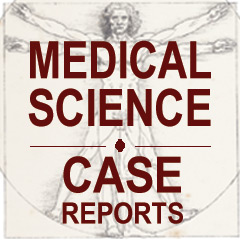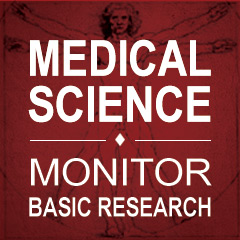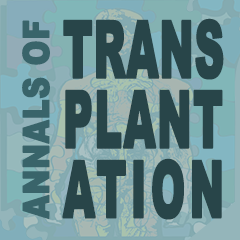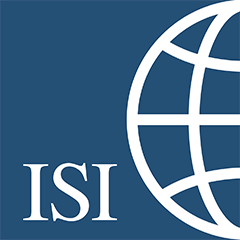Get your full text copy in PDF
Emilie Wang, Angel I. Martin, Mauricio Valenzuela, Heather Yeckes-Rodin
Med Sci Case Rep 2016; 3:52-54
DOI: 10.12659/MSCR.898882
BACKGROUND:
Acute lymphoblastic leukemia (ALL) results from abnormal proliferation of lymphoblasts in the bone marrow, and is divided into precursor T-cell and B-cell types. It mostly occurs in children and young adolescent males. Poor prognosis has been reported in adults specially those with the Philadelphia chromosome karyotype (translocation of chromosomes 9 and 22). Several treatment regimens have been applied, however no single one has shown superiority. Studies have proven correlation between chemical exposure and the development of hematologic malignancies; however, there is still little literature in this area.
CASE REPORT:
We present the case of a 54-year-old Caucasian man with no prior cancer history who developed ALL. He was a non-smoker with no previous radiation exposure and negative family history. The patient had worked in the air conditioning industry for over 20 years and was exposed to various chemical agents that may have placed him at risk for malignancies. In addition, several of his co-workers also developed leukemia.
CONCLUSIONS:
Various chemical agents found in air conditioners have shown a potential correlation with the development of hematological malignancies. This has been shown in animal models but has not been investigated in human populations. Inquiring more about these chemical exposures can provide practitioners with more insight into the implicated risk of acquiring leukemia or other malignancies.
Keywords: Chemically-Induced Disorders, Environmental Exposure, Leukemia-Lymphoma, Adult T-Cell





